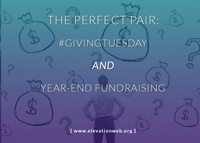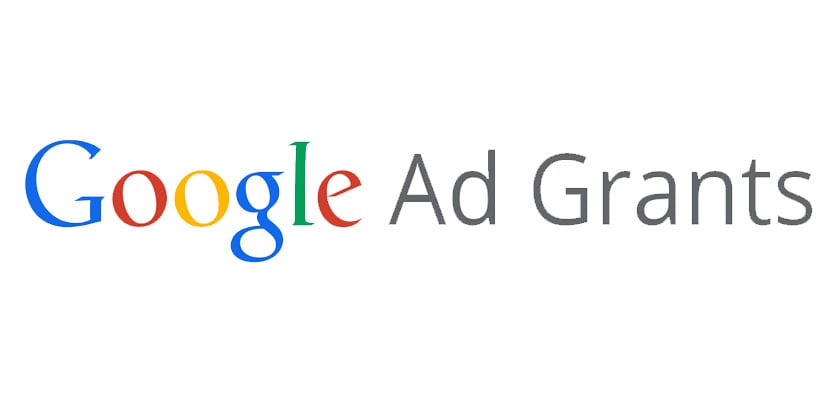Today, nonprofits worldwide aim to alleviate societal issues and promote various social justice campaigns. And that work is paramount, but it’s not easy. Luckily, Google Ad Grants can help. By providing $10,000 to nonprofits for general outreach, fundraising, and recruitment advertisements, Google Ad Grants help nonprofits gain online influence.
There’s a catch, though: these ads must be entirely text-based and garner a minimum 5% CTR (click through rate), otherwise, they will not secure future funding. By utilizing inbound marketing techniques and refraining from using broad keywords, your nonprofit will make the most of the Google Ad Grant and likely keep your account in good standing.
Using Inbound Marketing Techniques
The most successful advertisements tell viewers they need something before they realize it themselves. Inbound marketing achieves just that. Through search engine optimization, social media marketing, and overall content marketing, inbound techniques attract customers to a company’s products and services before they even realize they want it! This leveraging is both cost-efficient and highly successful, if utilized properly. The 3 key steps to the inbound marketing process are awareness, consideration, and decision making.
1. Awareness: getting discovered
While being discovered by your audience is made simple with the help of the Google Ad Grant, designing the content requires serious attention to detail, as awareness draws in especially as it relates to keywords awareness.
While broad keywords will hit larger audiences, it doesn’t guarantee a high CTR. What will catch the target audience’s attention and entice them to find out more is a hyper-relevant headline and specific keywords.
Use Focused, Informative and Uplifting Language – Finding the right words can be difficult, though. You’ll have to think outside-the-box here, considering the CPC of most ads are $6. To efficiently target audiences and maintain a healthy budget, strategically mix both high-bid words such as “free” and “volunteer” with long tail (low volume but highly relevant) keywords. Whatever words you choose, make sure they are focused, informative, and uplifting.
Use A/B Testing – Once you’ve settled on the language of your ad, pilot a few variations and test them monthly and chose the most effective of them for future ads. This is key to improving your CTR: by testing, refining, and repeating, you will ensure your advertisement is as successful as possible.
2. Consideration: the landing page
You sparked their curiosity: now what do you do with them? It’s time to convert anonymous users into constituents by directing them to your landing page. This is key: potential donors, members, volunteers, clients, sponsors, and advocates should feel like joining your team is the next logical step. Otherwise, you wasted their click!
In persuading users to join your team, you must create a strong call to action (CTA). Not only will you improve the overall mood of your landing page (and further, your nonprofit presence), but you also will inspire users to connect with your cause. First, users must feel called to input their information into the landing page form. They can be encouraged to do so through convincing customer-driven language, minimal text, limited navigation, action-oriented headlines, and social sharing options. If all these components are integrated together in a landing page, nonprofits will certainly increase their online constituent base.
3. Decision making: the form
Now that users are on your landing page, it’s vital to keep forms simple and limit navigation. This starts with aligning keywords and ads together, so users will feel encouraged that their click led them to the right place. Keep it simple and educational: you want to inform the user what they’re signing up for without overwhelming them. The form should integrate the keyword phrase that brought them to click on the landing page, and additional visuals such as branding logos and promotional videos with a good UX/UI provides credibility to the site. Succeed here and you will have a higher conversion rate. Now it’s time to analyze the results.
4. Review your results
Analyzing ad results and convert statistics monthly will ensure that ads remain effective and relevant. Utilize A/B testing: test ads and forms that are slightly nuanced from each other and repeat what works. Also note: just like fresh produce, ads can spoil easily. Ads will perform really well until suddenly they don’t anymore! It’s called Ad Fatigue. This occurs when users become overly familiar with your ads and thus, the “wow” factor is gone: it is just another cumbersome ad. Even the most successful of your ads will exhaust viewers! By continuously analyzing results and making minor changes in background color, keywords, and more, you will ensure the highest level of success for your ad.
Conclusion
In a perfect world, nonprofits wouldn’t even need advertisements to work hard to gain support of people worldwide. Luckily, Google Ad Grants help attract global constituents to support their causes. By utilizing inbound marketing techniques and carefully choosing, testing, and refining keywords, you can make the most of the Google Ad Grants.




